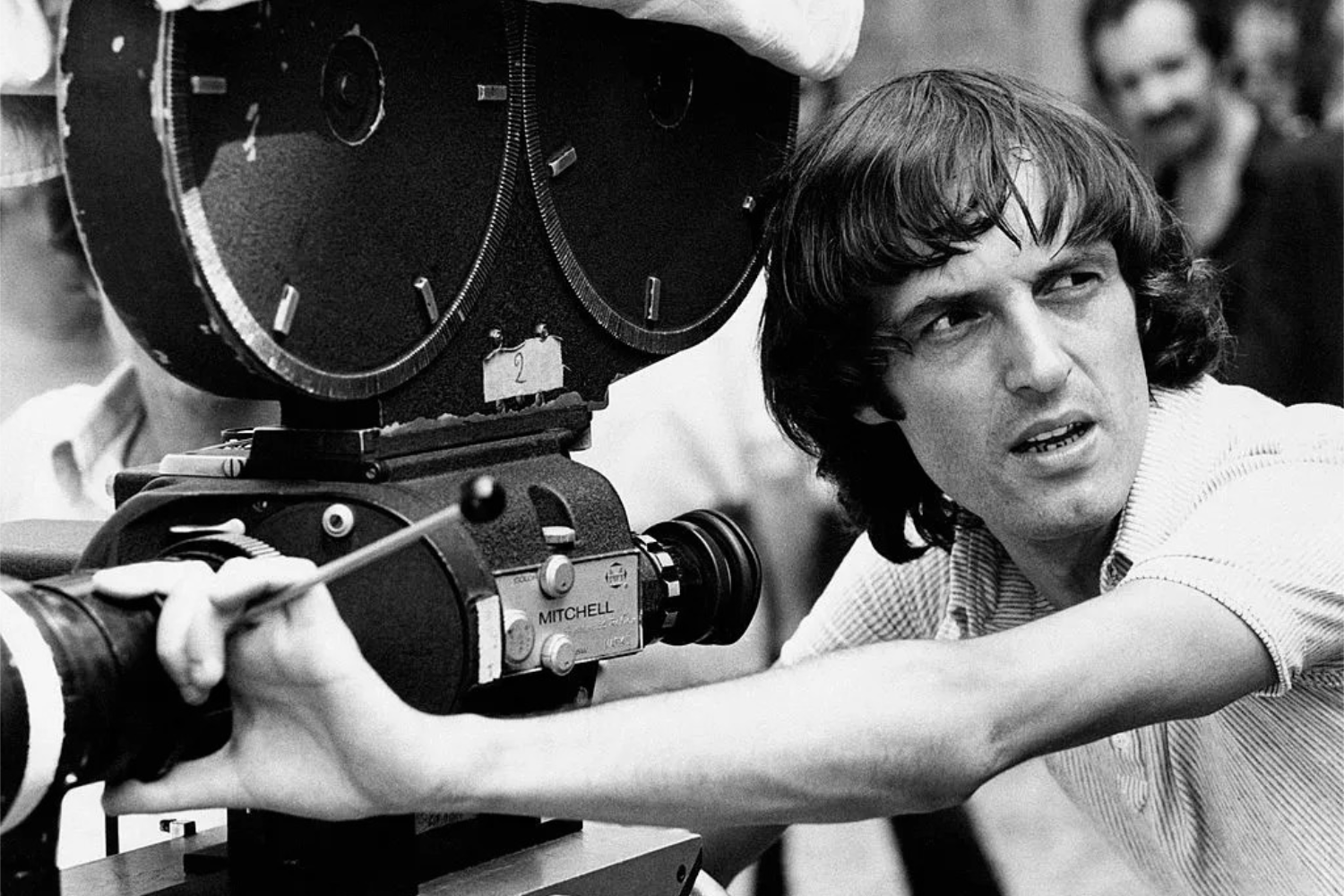
Dear Diane, dear Shaded Viewers,
The cocktail-party chatter you’ve heard is true: I’ll be returning to Italy at the end of this month for the first time in three years. After visiting friends in Rome, I’ll be making a beeline to Turin to view DARIO ARGENTO – The Exhibit at the National Museum of Cinema aka Mole Antonelliana. To get in the mood, I’ve revisited this 2005 article I wrote about the gore auteur, when I interviewed Argento in his office in Rome for ZOO magazine.
The Deep Red Menace
Italian horror maestro Dario Argento finally pays tribute to fellow Catholic, Alfred Hitchcock, and discusses his love of Turin, cats and sex.
By Glenn Belverio
On the Via Veneto in Rome there is a rather unconventional chapel, known as the Cemetery of the Capuchins, whose interior is decorated in a meticulous, manic fashion: thousands of bones belonging to Catholic monks have been arranged in a diabolical manner that suggests a speed freak arts-and-crafts fair staged in Hell. This outré display of Roman-style macabre is similar in effect to a typical film by Dario Argento.
His films’ notorious set pieces, almost too numerous to mention – Jennifer Connelly sliding into a pit of decaying bodies and maggots, a young woman being shredded in a tangle of barbed-wire, a raven gouging out the eye of a killer with its beak at the Regio Opera Theatre – have garnered him a fanatical following worldwide since his debut film, The Bird with the Crystal Plumage, was released in 1970. For years, lazy American journalists have pegged Argento “the Italian Hitchcock,” a label that he has vehemently resented. Until now. “I really love Hitchcock, even though I’m not as manneristic as he was,” says Argento. “I don’t imitate him, but sure, he has had an influence on me.”
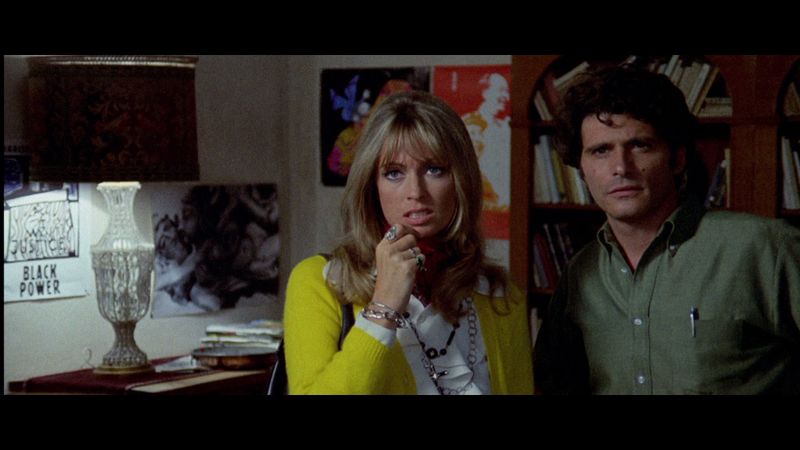
Scene from The Bird with the Crystal Plumage
My friend Rinaldo Rocco, a handsome actor/playboy who coincidentally has portrayed the killer in many giallos, or Italian murder mysteries, has driven me to my appointment with Argento on the back of his Vespa. After the nerve-rattling ride over bumpy cobble-stoned streets, we are sitting in Argento’s Opera Film headquarters in Rome hearing about the maestro’s new TV film, Ti Piace Hitchcock? (Do You Like Hitchcock?).
Argento, now a youthful 65, is friendly and robust while still possessing his signature ghoulish carriage that has caused more than a few to comment: “He looks like something out of one of his own horror films.” And while he seems to cultivate this physical image – he famously eats little or nothing while working on his films – he is a true Roman in many other ways: warm, demonstrative and with a fondness for anecdotes. His famous father Salvatore Argento was a key player in the Italian cinema world but what is less known is that his mother, who was a celebrity photographer in the ’40s and ’50s, is Brazilian.
When I meet Argento, I present him with a Portuguese-language version of Camille Paglia’s book on Hitchcock’s film The Birds and he is flattered that I’ve recognized the other side of his Latin heritage. During the interview, Argento rolls along energetically in Italian – like a runaway Vespa careening through the Villa Borghese gardens – as Rinaldo struggles to keep up with him as my English-language interpreter. “For my new movie, I really wanted to imitate the style of Hitchcock, especially the long, drawn-out scenes he used for suspense,” Argento tells me. “But for my film, I really exaggerate the Hitchcock style of suspense by portraying long, long scenes that are much longer than his scenes. This is my way of commenting on Hitchcock’s main device for suspense.”

Suspiria
The story of Do You Like Hitchcock? concerns a 23-year-old film student and Hitchcock fan named Giulio who meets two women in a video store, all of them set on renting Hitchcock’s Strangers on a Train. Giulio surrenders the DVD to the ladies who – in a gesture to Rear Window – live in the building opposite Giulio’s. When Giulio spies the two women making out, it becomes apparent that Do You Like Hitchcock? conspires to break through the sex-less, Catholic guilt-ridden barriers erected by the repressed Anglo director.
“There are a lot of sex scenes in my Hitchcock homage, this is the only aspect that is different from his films,” explains Argento. “Hitchcock was very moralistic, he had this British way of behaving and directing, a British decorum. But I love sex and showing naked bodies in my films.” While this obvious Latin affectation is at odds with Hitch’s infamously timid attitude toward women’s sexuality, the fact that the British Master and Argento have a Catholic upbringing in common begs examination.

Do You Like Hitchcock?
The role of Catholic guilt in the horror genre cannot be underestimated. Argento believes that horror films from Catholic countries serve the function of “releasing some kind of evil you have in your inner self…this is a good thing.” But despite his overt Italian baroque tendencies, Argento claims the reason his films are popular in Japan is because “my mind is very similar to the Japanese mind. I have a lot in common with manga artists.” He feels the prevalence of moralism in cinema is more of a problem in non-Catholic, Western countries. “My films are not moralistic but American films are, especially the big ones like War of the Worlds with Tom Cruise,” he says. “There is a fixation with family values in that film.”
And while the calculating Hitchcock seemed concerned with specific psychological conflicts—Norman Bates and his smothering albeit dead mother, Marnie’s pathological frigidity, marauding birds as primitive force vs. civilization—Argento’s work is frequently visceral. He is often so caught up with high visual style, lighting and mise-en-scene, there is a constant feeling that Argento is too distracted to notice the axe-wielding specter of Catholic guilt sneaking up behind him. Viewing Argento’s films is a bit like having sex with a stranger in a Catholic country—there is a nagging concern that you’re doing something terribly wrong but it feels way too good to stop.
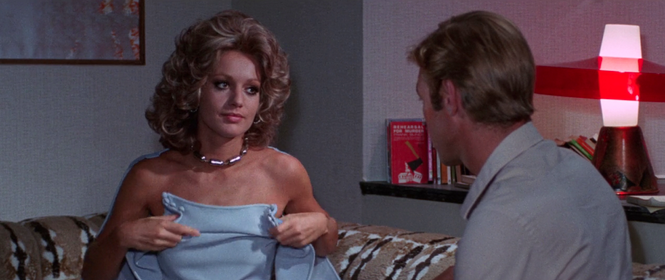
A steamy scene from The Cat O’ Nine Tails
In addition to the Catholic connection, there are also the inevitable rumors concerning the cruelty of both directors. During a scene toward the end of The Birds, where Tippi Hedren is being brutally pecked by the film’s feathered stars in an attic, live birds were thrown at the blonde heroine. Hitch, who was not entirely fond of Hedren, allegedly egged on crew members by sadistically chanting, “Faster, faster!” In a similar scene in Argento’s 1980 supernatural experiment, Inferno, live cats were hurled at actress Daria Nicolodi, who was Argento’s then-lover and mother of their daughter Asia, and whose combative relationship with the director is the stuff of eternal Italian gossip.
“Yes, Hitchcock hated Tippi,” Argento grins when I bring up both stories. Without denying the frenetic feline-tossing on the set of Inferno, he adds, “Hitchcock was afraid of birds, but I love cats. Some feel that cats are close to the devil and for this reason, priests rarely own them. But I don’t believe that.”
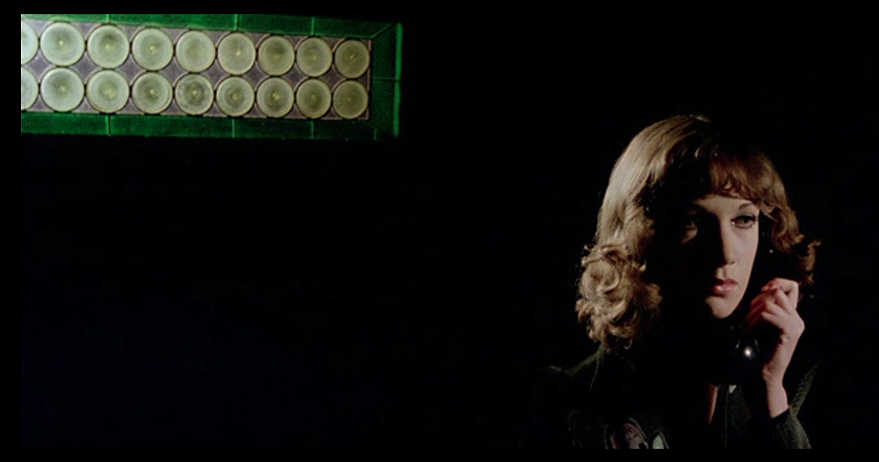
Daria Nicolodi in Deep Red
Produced by RAI Trade, Do You Like Hitchcock? – which was screened at the 2005 Cannes Film Festival – is the first in a series of Hitchcock-themed feature length programs and marks Argento’s return to the television format. When he was in his early thirties, Argento sported a modish mop-top hairdo that perfectly complimented his rock star-like status after his 1972 TV series, Door Into Darkness, catapulted him into the Italian pop culture stratosphere. Similar to the TV serial Alfred Hitchcock Presents, Argento’s series featured the horror auteur introducing hour-long murder mysteries from a variety of directors, including Argento himself.
Argento believes that horror films from Catholic countries serve the function of “releasing some kind of evil you have in your inner self…this is a good thing.”
“When Door Into Darkness was shown on TV it caused a revolution. Many people called the station and also the newspapers to complain about the excessive violence. I met with the people at RAI and many scenes had to be cut,”Argento recalls. “Now, with the Hitchcock homage the complaints from RAI have been about the sex scenes rather than violence.”

Argento with members of Goblin, the Italian prog-rock band that has scored many of Dario’s film
Do You Like Hitchcock? was shot in Argento’s second favorite shooting locale after Rome, the city of Turin in the Piemonte region of northern Italy. Besides its arguably inflated reputation as the Italian capital of black magic, Turin is also the birthplace of Italian cinema – the first Italian film, Cabiria, was shot there in 1914. “I love shooting in Turin because there are many small neighborhoods that not many people have seen – it’s a rarely filmed city,” enthuses Argento. “I especially love Turin’s architecture as it is different from other Italian cities – it is between baroque and art nouveau.”
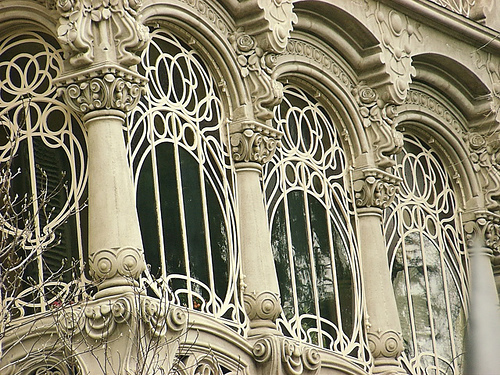
The Villa Scott in Turin
As a friend and admirer of Michelangelo Antonioni, Argento has always appreciated the director’s use of architecture in his stories – particularly in the 1962 film The Eclipse where Monica Vitti wanders past modern buildings in a chic Roman suburb—and sees architectural structures as actual characters in many of his own films.

Deep Red
Perhaps the most famous example of this in the Argento oeuvre is the flamboyant and decrepit art nouveau mansion in his 1975 giallo masterpiece, Profondo Rosso (Deep Red). Built in 1901, the Villa Scott—nestled in the hills of Turin—is featured in several key scenes in which a British jazz musician, played by David Hemmings, is attempting to solve a series of murders. “A group of nuns and wayward girls lived in this house when I discovered it during a location shoot,”Argento says of the villa which remained empty for most of the ’80s and ’90s. “We paid for all of them to go on vacation in Remini, a resort on the Adriatic, so we could shoot there for a month.” The nuns and their girls returned tanned and relaxed to their villa which was henceforth referred to as “the Deep Red horror house.”
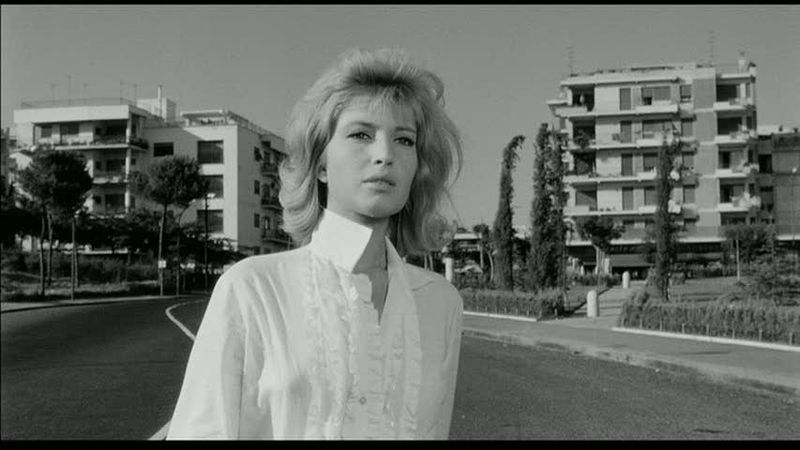
Monica Vitti strolls through EUR in Antonioni’s L’Eclisse
Another famous Deep Red locale is the Piazza CLN, on the via Roma, with its bookend male and female statue-adorned fountains, where Hemmings is witness to the film’s first murder. Off the tourist beat, this humble piazza will be known to the world when the 2006 Olympics descend on Turin this winter.

David Hemmings and Argento on the set of Deep Red. Argento chose Hemmings based on his performance in Antonioni’s Blow-Up.
What is also little-known about Argento outside of Italy is that he shares the left-wing tendencies of his Italian cinema colleagues Antonioni, Pier Paolo Pasolini and Bernardo Bertolucci. In 1969, Bertolucci joined the Communist Party and also collaborated with Argento on the script for Sergio Leone’s classic Spaghetti Western, Once Upon a Time in the West. “I was a member of the Italian Communist Party”, says Argento proudly. He also worked as the film critic for Party newspaper Paese Sera after he finished Catholic school.
In 1973, Argento made a rare departure from the horror genre when he wrote and directed the underrated Le Cinque Giornate (The Five Days), a left-wing political satire about the Italian revolution centered in Milan in 1848. Evoking the comedy of Mel Brooks and Monty Python, Le Cinque Giornate is a savage commentary on the birth of Italy. “I wanted to show how false that birth was”, say Argento. “Because it was a revolution conducted by the rich and by the nobles. That is why six years later there was another revolution, an anarchist revolution.”
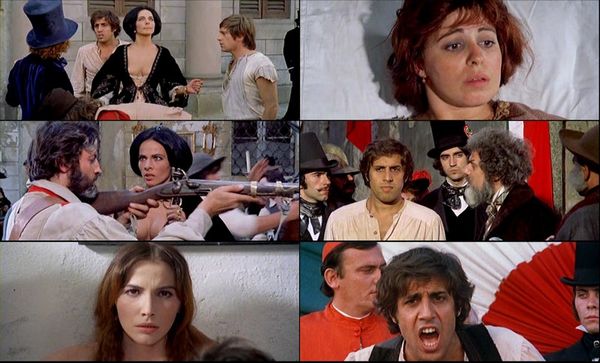
The Five Days
I mention that recently while re-watching his exquisite first film, The Bird with the Crystal Plumage, I freeze-framed and zoomed into a Chairman Mao poster that hung on the American couple’s apartment wall in Rome. This causes Argento to launch into an anecdote from the time of Inferno’s pre-production with 20th Century Fox’s involvement in 1979. An American producer friend from Fox, who was very drunk after a dinner with Dario and Daria, was invited to nap in the Argento bedroom. The man passed out in the dark and when he awoke an hour later, he saw an enormous wooden red star, the symbol of Italy’s Red Brigades, towering over the bed.
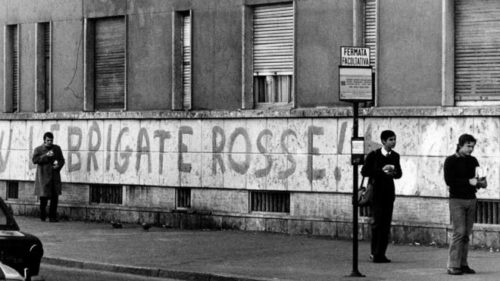
“He came running into the living room where Daria, me and the man’s wife were drinking and talking and he started screaming at the top of his lungs ‘What the fuck is this?! Are you a terrorist, a member of the Red Brigades?!’” Argento recalls. “And I said ‘no, no, no it is just art, a sculpture’ and he said ‘I’m not so sure about that.’ After he went back to America, I never heard from him again and our friendship ended abruptly.” This story brings to mind the anti-communist soliloquy near the end of the preposterous 1949 American propaganda film The Red Menace: “My flag has three colors, not one that’s the color of blood!”
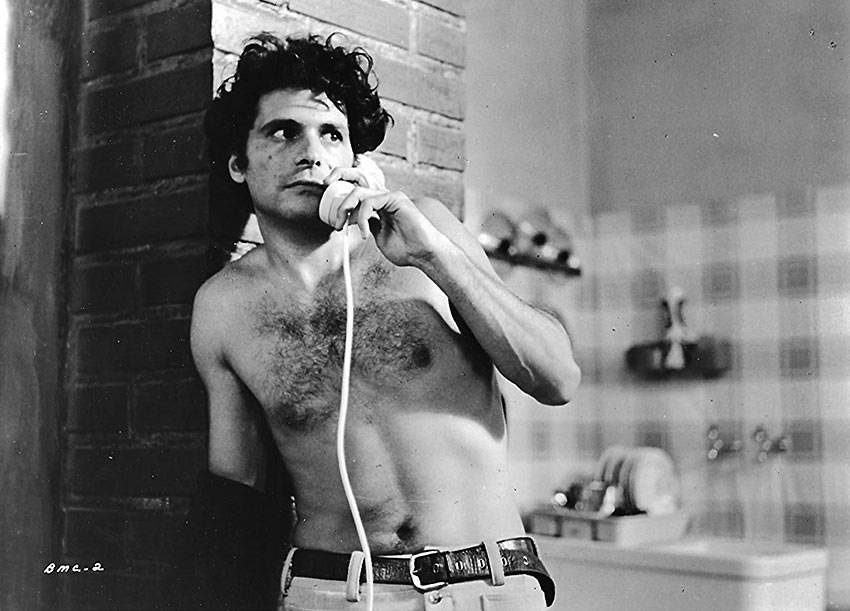
Tony Mustante in The Bird with the Crystal Plumage
Viewing Argento’s films is a bit like having sex with a stranger in a Catholic country—there is a nagging concern that you’re doing something terribly wrong but it feels way too good to stop.
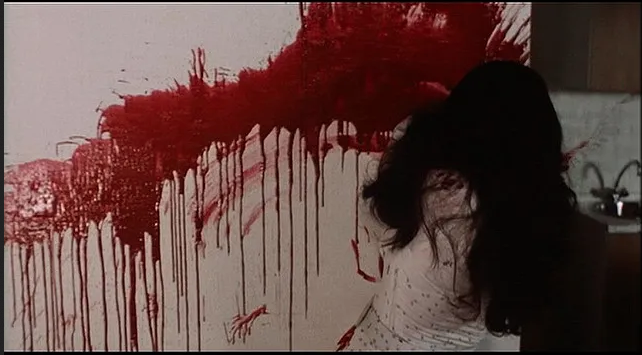
Tenebrae
Of course Argento will always be thought of as the creepy yet dignified creator of Deep Red and other blood-soaked sagas rather than as a Red menace – and will continue to forge ahead in the terror terrain. Masters of Horror, a new TV series that will be distributed worldwide, will feature segments directed by fright titans John Carpenter, David Cronenberg, Roger Corman, George Romero (Argento collaborated with Romero on Dawn of the Dead) and others. Argento’s contribution will be a short film based on a comic book called “Jenifer”.
The project grew out of a bi-monthly dinner gathering attended by the directors. At a recent one held in a Vancouver restaurant, Argento started arguing with John Landis after Landis opined that the shower scene in Psycho was effective because “you never actually see the gory stabbing.” Argento began plunging his knife into the rare steak he ordered, screaming “No! I like to see contact with the victim! Lots and lots of blood! Audiences love it!” Would Hitchcock have liked Argento? We think so.
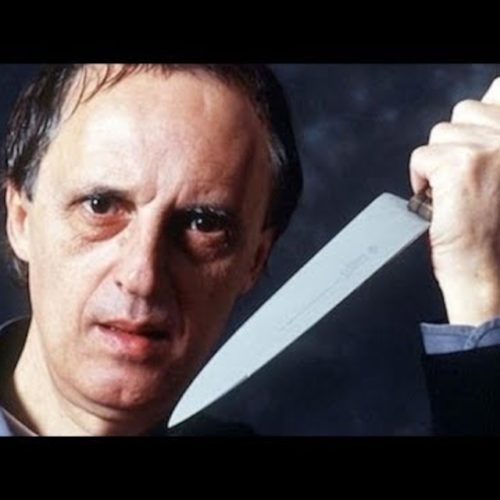
Thanks for reading,
Glenn Belverio
